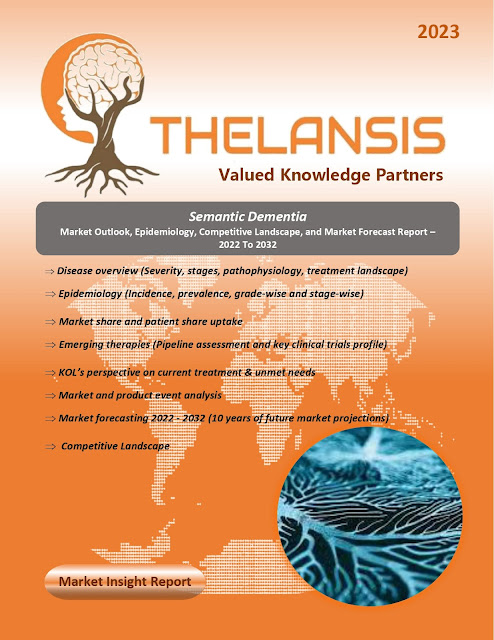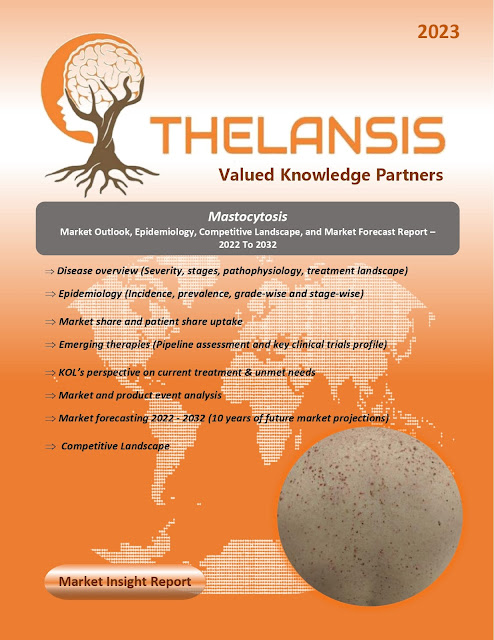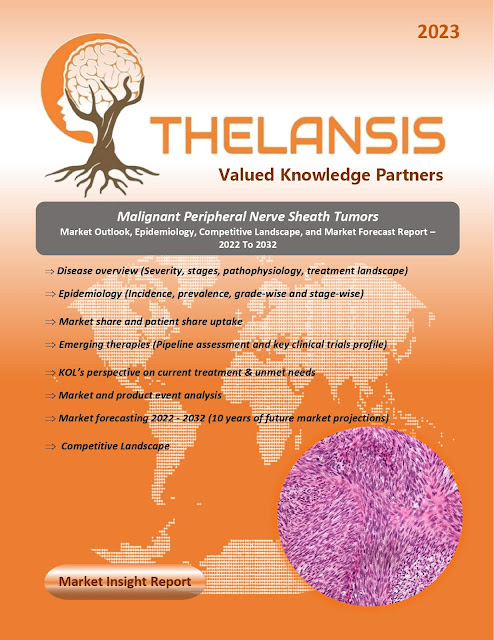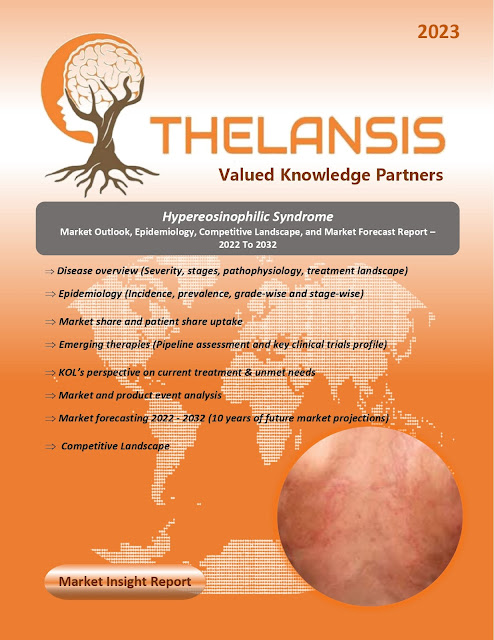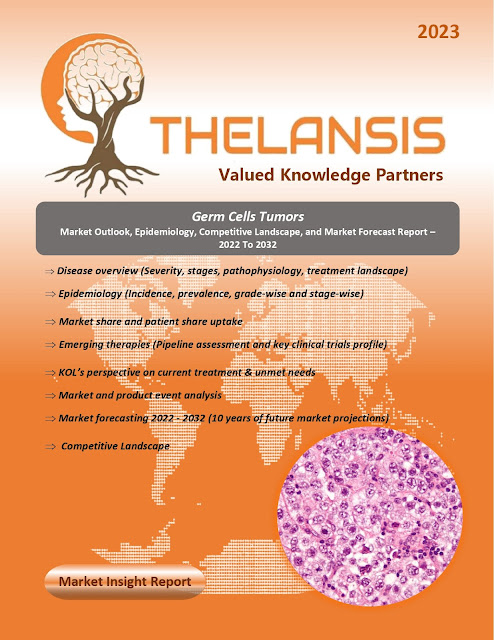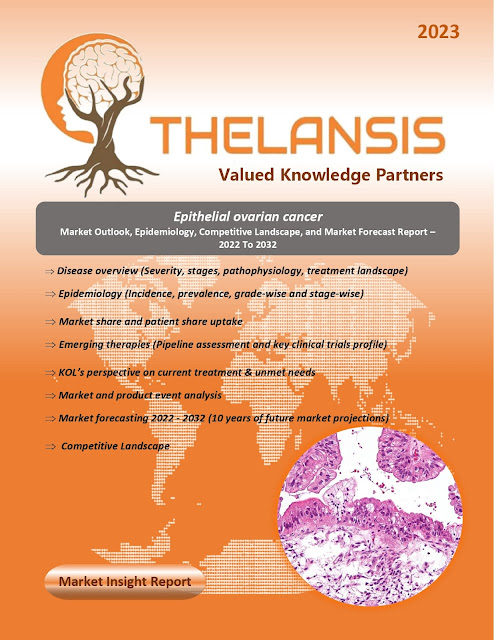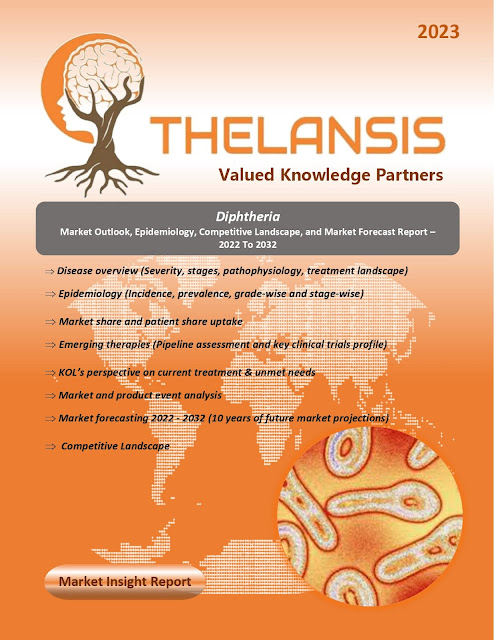Yellow Fever – Market Outlook, Epidemiology, Competitive Landscape, and Market Forecast Report – 2022 To 2032
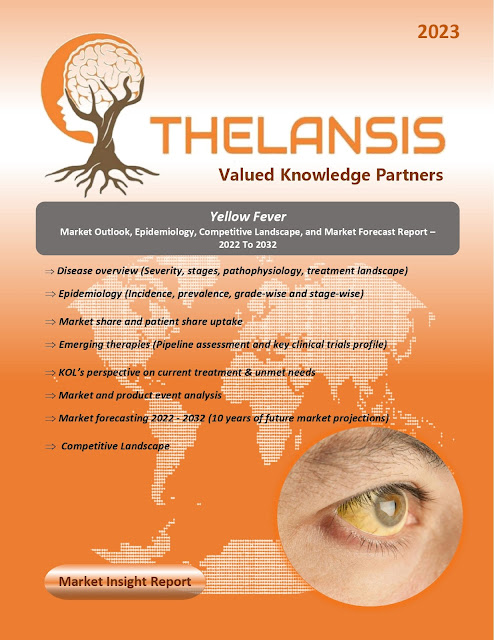
Yellow fever is an acute viral hemorrhagic disease caused by the flavivirus, closely related to the viruses that cause West Nile, St. Louis, and Japanese encephalitis. Tree-hole breeding mosquitoes, such as Aedes aegypti and Haemagogous species, primarily transmit it. The transmission of the virus occurs in three distinct cycles: jungle, intermediate, and urban. The incubation period is typically 3 to 6 days, and once contracted, the virus quickly spreads to multiple organs in the body, with the liver and kidneys being the most affected. Symptoms include jaundice, acute renal failure, black vomit, cerebral edema, and encephalopathy. There is no specific treatment for yellow fever, but severe cases require aggressive supportive care and hydration. The differential diagnosis for yellow fever includes a variety of other infectious diseases, such as viral hemorrhagic fevers, viral hepatitis, and malaria. Most cases of yellow fever are subclinical or mildly symptomatic, with an excellent p
_page-0001.jpg)
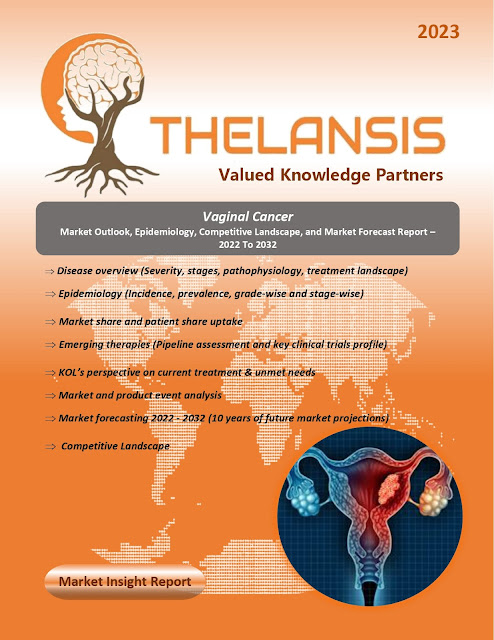
_page-0001.jpg)
_page-0001.jpg)
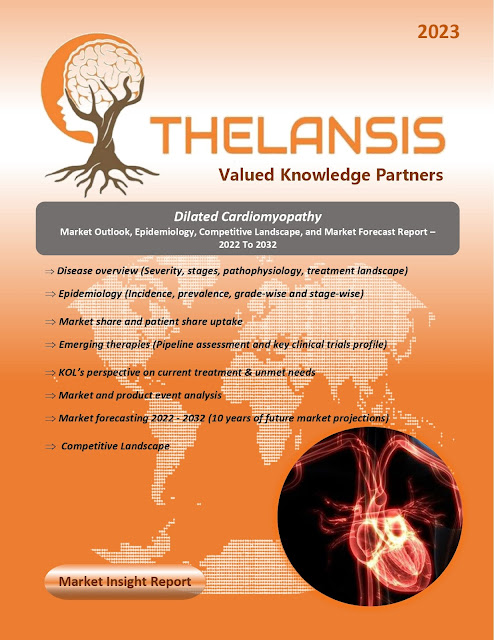


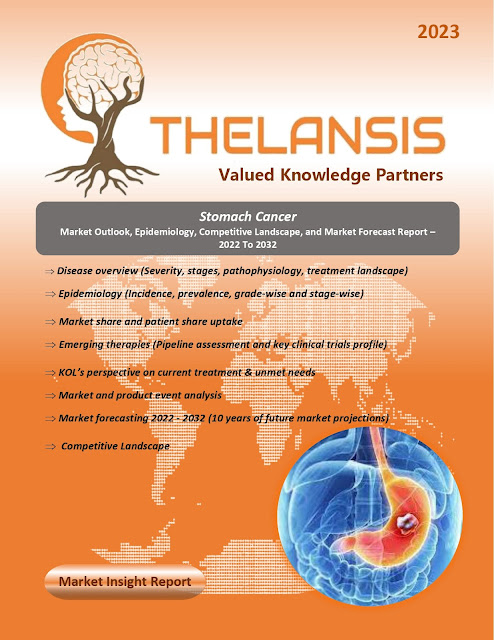
%201.jpg)
